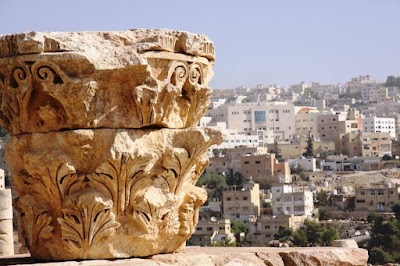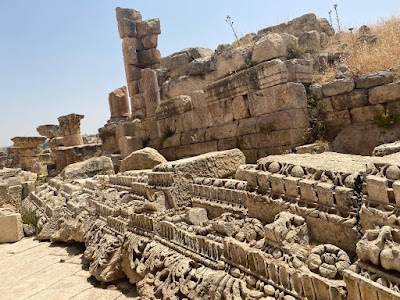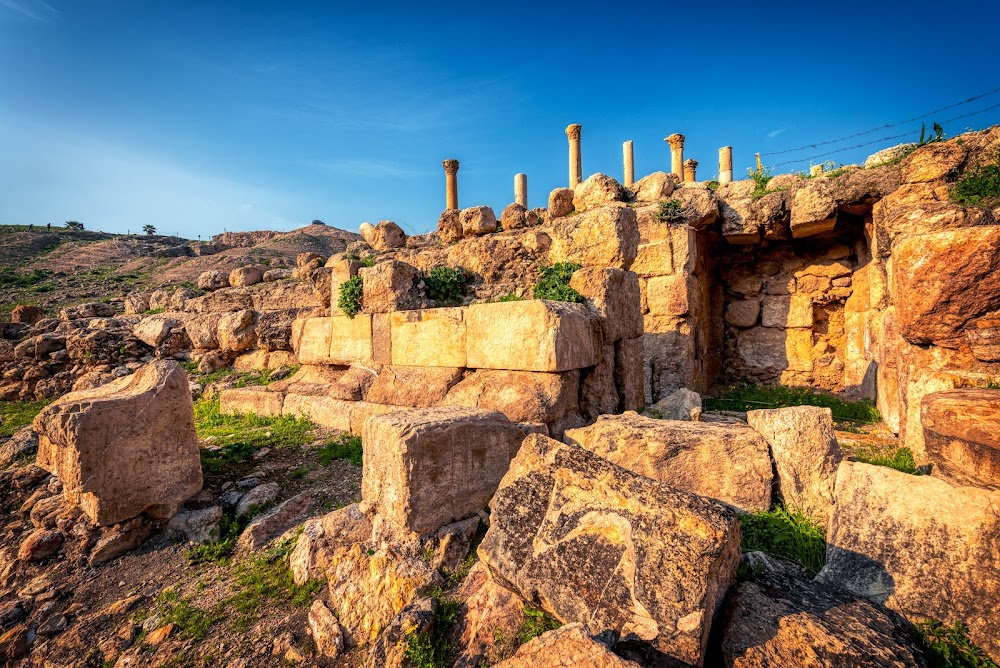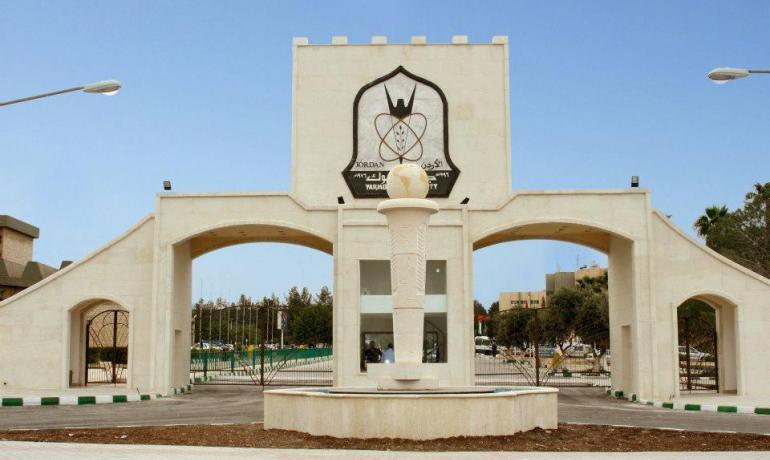Jerash (جرش)
Overview
Jerash, located in northern Jordan, is celebrated as one of the best-preserved examples of Roman architecture outside of Italy. Situated approximately 48 kilometers north of Amman, the capital, Jerash is easily accessible for travelers with an interest in history and archaeology, making it a must-visit destination.
A Rich Historical Tapestry
The history of Jerash spans over 6,500 years, but its remarkable preservation of Roman-era structures is what truly sets it apart. Known as Gerasa during Roman rule, this ancient city was one of the ten Decapolis cities on the eastern frontier of the Roman Empire, renowned for its rich culture, thriving economy, and extensive urban development.
Entering Jerash: A Grand Welcome
As you approach Jerash, your journey begins with the magnificent Hadrian’s Arch, constructed in honor of Emperor Hadrian’s visit in AD 129-130. This impressive monument sets the tone for your exploration. The grandeur continues with the Hippodrome, which once seated around 15,000 spectators and hosted exhilarating chariot races. Today, it features reenactments of Roman military drills and gladiatorial contests, offering a vivid glimpse into ancient entertainment.
The Iconic Oval Plaza
One of the most striking landmarks in Jerash is the Oval Plaza, a sweeping open space framed by 160 Ionic columns. Likely a site for public gatherings and ceremonies, this plaza is one of the most photographed locations due to its architectural beauty and symmetry. The adjacent Cardo Maximus, a colonnaded street, runs through the heart of the city, showcasing the advanced urban planning of the Romans. Walking along this 800-meter road allows visitors to trace the footsteps of ancient inhabitants while observing the ruts made by chariots over two millennia ago.
Temple Wonders
Jerash boasts two significant temples that illuminate the city’s religious life during Roman times. The Temple of Artemis, dedicated to the city’s patron goddess, stands as a breathtaking structure with enormous columns that continue to awe visitors. Nearby, the Temple of Zeus is perched on a hill, offering stunning views of the entire archaeological site.
Remarkable Roman Theaters
The South Theater and North Theater of Jerash are among the best-preserved Roman theaters in the world. The South Theater, with a capacity for over 3,000 spectators, is still used for events like the annual Jerash Festival of Culture and Arts. In contrast, the smaller North Theater provides an intimate setting to experience the grandeur of Roman-era entertainment.
Urban Planning and Infrastructure
Another fascinating aspect of Jerash is its sophisticated urban layout and infrastructure. The city features an intricate system of baths, fountains, and a remarkable water distribution network that showcases Roman engineering prowess. Among the highlights is the Nymphaeum, a grand public fountain adorned with intricate carvings dedicated to water nymphs.
A Tapestry of Historical Layers
While Jerash exemplifies Roman ingenuity, it also reveals layers of history from various epochs. The site includes remnants from the Byzantine period, particularly the exquisite mosaic floors found in churches built between the 4th and 6th centuries. These mosaics reflect the artistic and religious sensibilities of the time and highlight the city's rich heritage.
Modern Amenities and Cultural Engagement
For today's travelers, Jerash offers not only a journey into the past but also modern conveniences to enhance the experience. Informational panels throughout the site provide historical context and maps, while nearby museums, such as the Jerash Archaeological Museum, showcase artifacts that deepen your understanding of the site's significance.
Experience the Jerash Festival
For a truly immersive experience, consider timing your visit with the Jerash Festival, traditionally held in July. This vibrant festival transforms the ancient ruins into a contemporary stage, featuring a variety of cultural performances that celebrate both Jordanian and international heritage through music, dance, and theatrics.
In conclusion, Jerash stands as a monumental testament to the grandeur of the Roman Empire and its enduring legacy. Whether you are an archaeology enthusiast, a history buff, or simply a curious traveler, Jerash offers a unique and captivating experience. With its well-preserved ruins, rich historical layers, and lively cultural festivities, Jerash serves as a vibrant bridge connecting the past and present, inviting you to explore, learn, and marvel at mankind's historical treasures.







